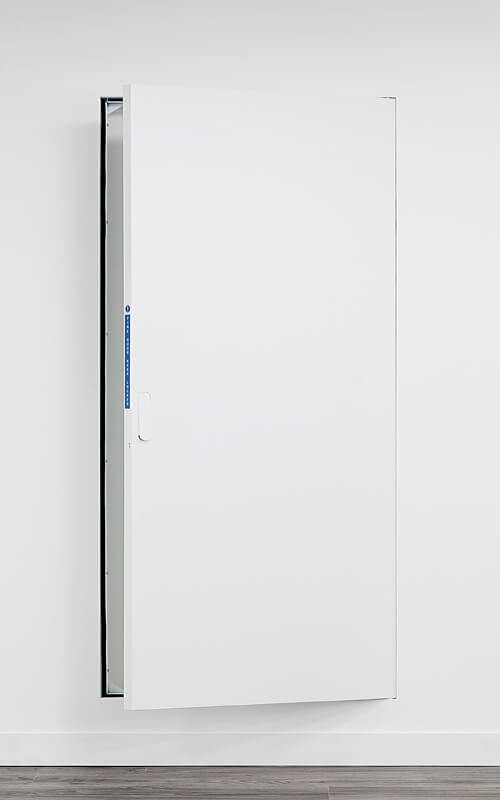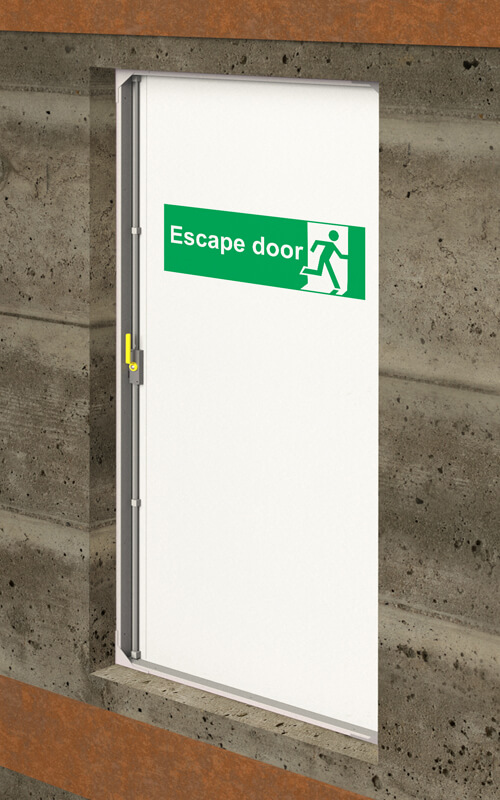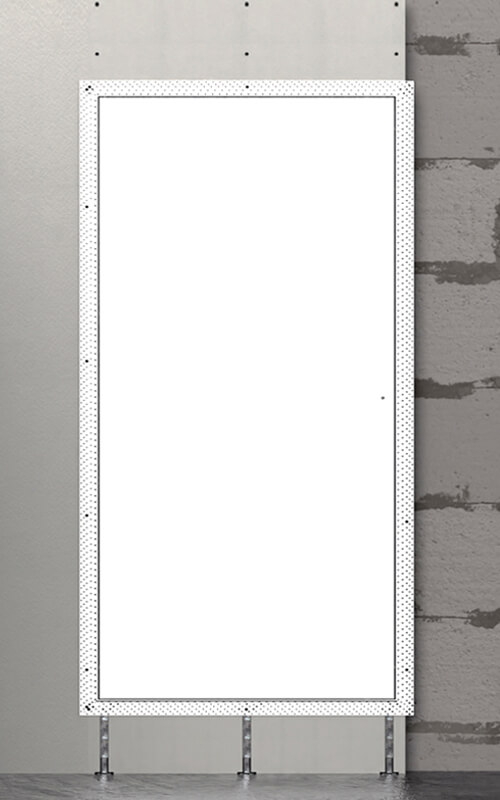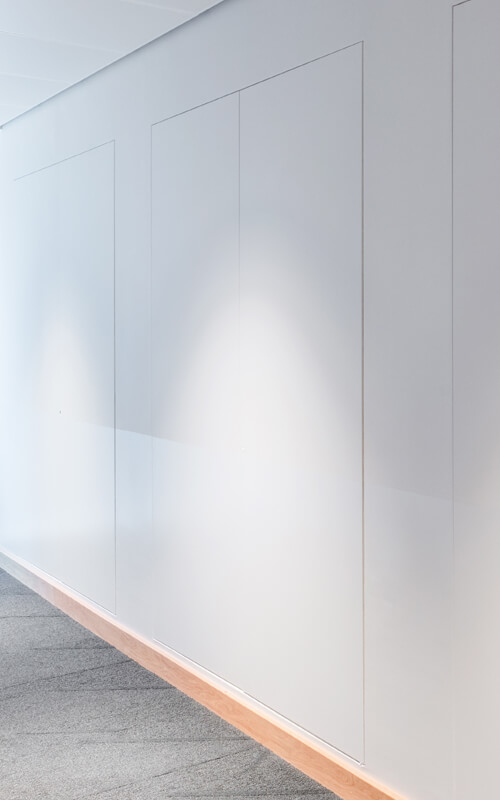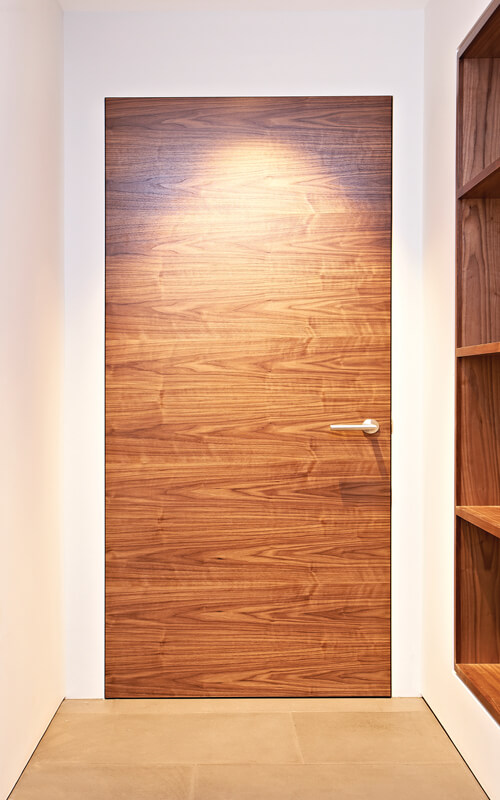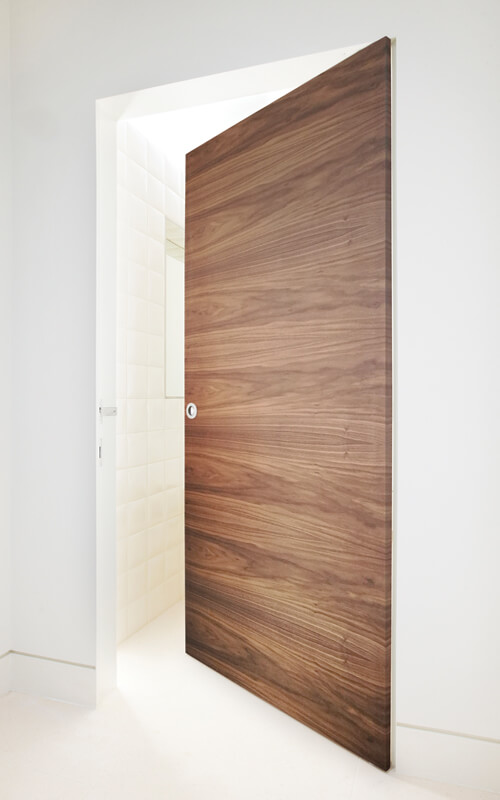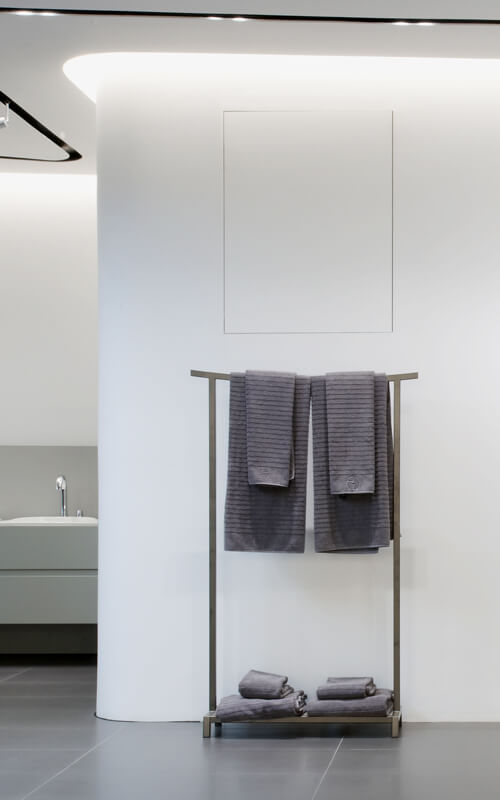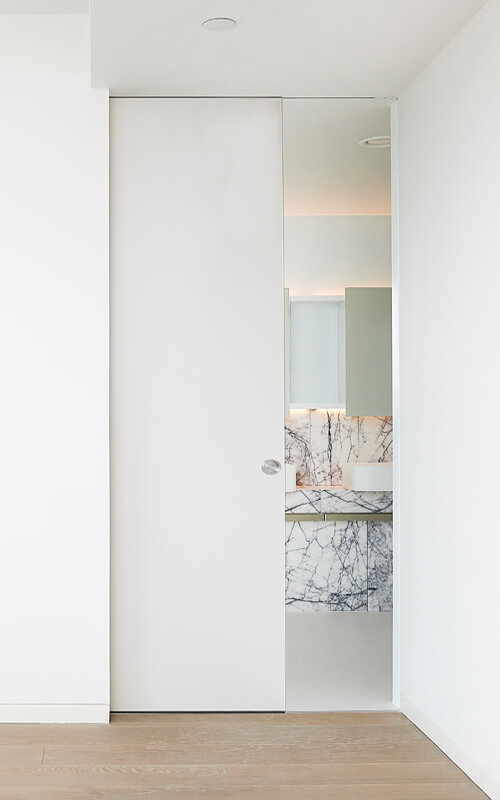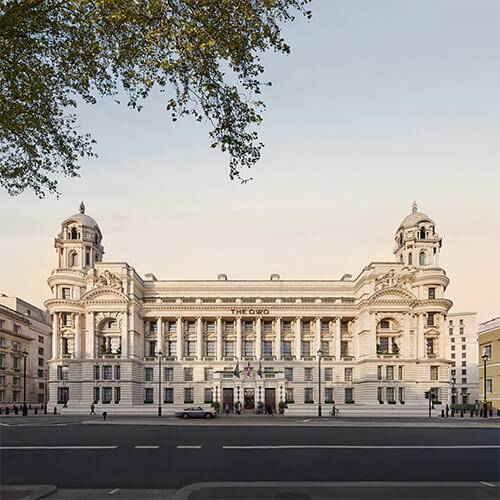
Born in 1886 in Aachen, Germany, Ludwig Mies, later known as Mies van der Rohe, was the son of a stonemason. It was from humble beginnings that Mies, who never received any formal architectural training, gained an early appreciation for form, material, and structure.
Following an apprenticeship with the Berlin furniture designer Bruno Paul, Mies was invited in 1907 to join the office of leading modernist designer and architect Peter Behrens. It was here that he first became acquainted with Walter Gropius (founder of the Bauhaus School) and Le Corbusier (pioneer of Brutalism), two fellow luminaries of 20th century modernist architecture.
A Modernist pioneer
In time, with the careful cultivation of his craft, Mies began to develop his own distinctive modernist style. In common with contemporaries Le Corbusier and Walter Gropius, Mies was concerned with the intersection between form and functionality. Where he differed from his modernist coevals, however, was in his emphasis on minimalism. The famous minimalist aphorism, ‘less is more’ was popularised by Mies and is widely attributed to him, even though the term itself was actually coined by the man who enlisted the young Mies as an apprentice, Peter Behrens.

Mies began to receive increasing critical attention for his designs and concepts and was soon acknowledged as a leader of architectural modernism in Germany. In recognition of this, Mies was chosen to design the German Pavilion at the Barcelona Industrial Exposition of 1929. The Pavilion was a limpid, lucid, free flowing design which completely redefined the relationship between the interior and exterior in architecture. It remains one of Mies most well known and best-loved designs, and heavily influenced minimalist architectural design for decades to come, most notably Philip Johnson’s Glass House.
The Bauhaus School
In 1930, one year after Mies’ success at the Barcelona Industrial Exposition, he was appointed director of the Bauhaus. Founded by Walter Gropius, the Bauhaus was a highly influential modernist design school which aspired to inject art into the era of industrialised design. The name Bauhaus in German roughly translates to ‘building house’ which reflects the aspirations of the school to create a community of artists, builders and designers similar to the medieval guilds. Mies became director in a period of great political and social turmoil in Germany, and the Avant-Garde, left-leaning Bauhaus soon drew the attention of the ascendent Nazi party, who eschewed the principles of the Bauhaus as degenerate. In 1933 the school was forced to close its doors under increasing pressure from the Nazi regime, and many of its teachers and students, including its director, fled Germany soon after.
International recognition
In 1937 Mies emigrated to the United States, eventually settling in Chicago. His reputation preceded him in America, largely thanks to Philip Johnson’s legendary 1932 exhibition on “The International Style” at the Museum of Modern Art. The exhibition heralded Mies as a founder and forerunner of the International Style, and brought his name and work to the attention of the American public.
In America, Mies was appointed head of the Illinois Institute of Technology, a post he would hold for 20 years. It was during this period that Mies oversaw a transformation in the Chicago skyline, with the erection of a series of sleek, glass and steel skyscrapers, which became synonymous with the image of 20th century Chicago, such as 860-880 Lakeshore Drive and the Seagram Building.

Mies also pursued more muted architectural projects which built upon the design concept of the timeless Barcelona Pavilion. The most famous of these projects is undoubtedly the 1951 Farnsworth House, an entirely transparent design which aimed to transcend the barrier the private space and nature. The story of the design of Farnsworth House is currently being made into a Hollywood film starring Jeff Bridges as Mies, and Maggie Gyllenhaal as the client, Dr. Edith Farnsworth.
Unlike many of his contemporaries and acolytes, Mies, who died in 1969, tended to shun the spotlight. In one of his rare moments of candour, he told the New York Times that, having pioneered ‘an architecture for a technological society’, ‘(he) wanted to keep everything reasonable and clear—to have an architecture that anybody can do.’ Almost 50 years after his death Mies remains highly influential as an architect and a designer, and his buildings, in particular Farnsworth House and the Barcelona Pavilion continue to resonate as monuments to the art of minimalism.


